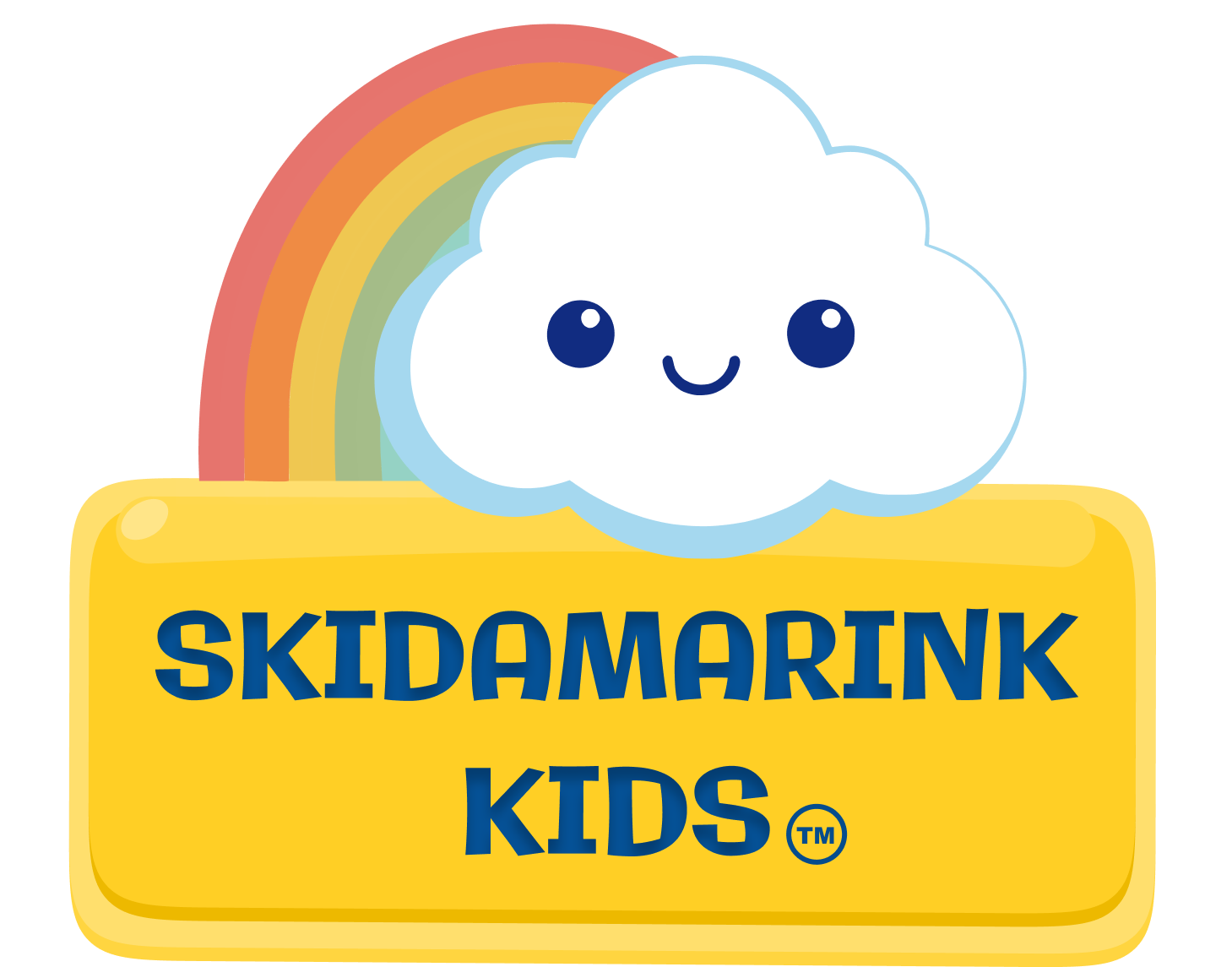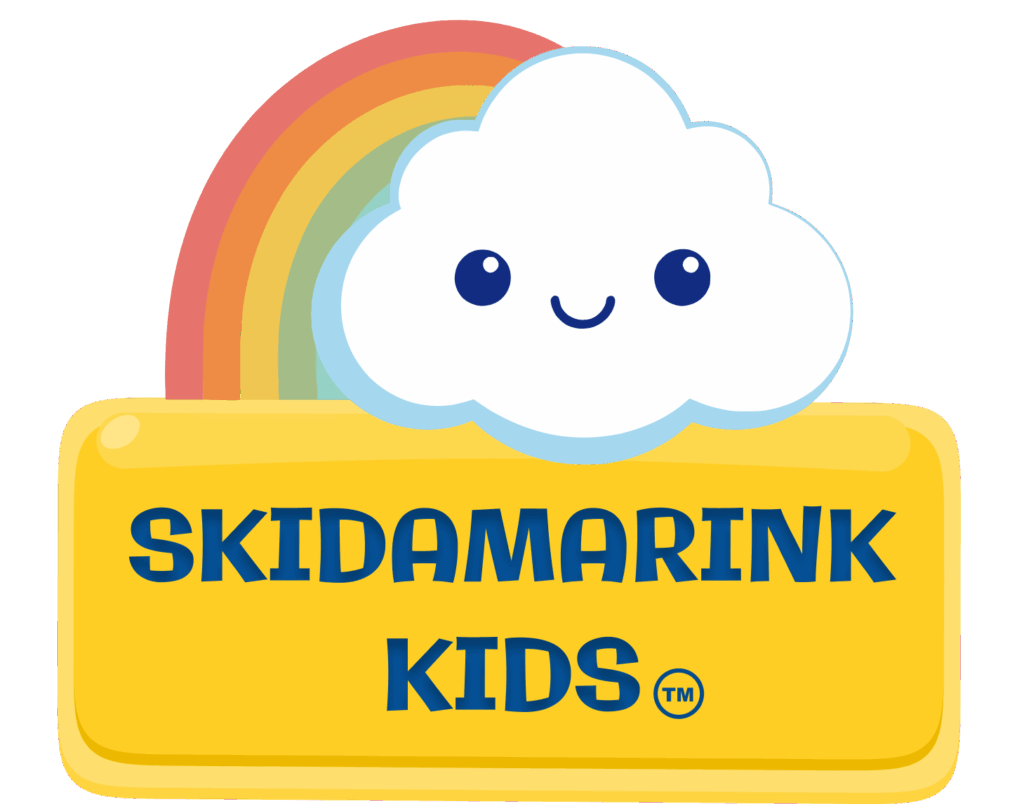As parents, we naturally watch our children grow with wonder and worry. When should you be concerned about your toddler’s development? Recognizing developmental red flags early can make a huge difference in your child’s future. The good news is that most developmental delays respond well to early support when caught in time.
Children usually follow a natural pattern of development. However, every child develops at their own pace. Sometimes those nagging feelings in your gut are telling you something important. Trust those instincts. If you’re noticing delays in multiple areas, it’s always better to check with your pediatrician than to wait and worry.
Important note: This guide offers general information to start conversations with your doctor, not to diagnose. If your little one is showing concerning signs in more than one-two areas, don’t wait for the exact age guidelines. Speak up sooner.
The goal of this website is to empower parents and caregivers with lots of insights and activities to help encourage developmental skills of their child. So even if your child is showing some delays, we have lots of ways you can support them while you seek help. Check out our blogs to find tips for all your child’s developmental delays.
Understanding Developmental Red Flags in Physical Growth
Major Motor Milestone Delays
Watch for these important movement milestones. They signal potential developmental delays:
Rolling over – Not achieved by 6 months
Sitting without support – Missing by 9 months
Crawling or scooting – Absent by 12 months
Walking independently – Not happening by 16 months
These are key developmental red flags that need attention.
Balance and Coordination Issues
Beyond normal toddler clumsiness, watch for these signs:
- Unusual difficulty with balance during simple activities
- Walking only on toes consistently after age 2
- Frequent falls on clear, flat surfaces
- Trouble climbing stairs even with help
- Repeatedly dropping objects without obvious cause
Fine Motor Skill Concerns
These developmental red flags often appear alongside motor delays:
- Can’t use fork or spoon by age 2
- Problems holding crayons the right way
- Still using whole hand to grab small foods after 18 months
- Unable to stack blocks or do simple puzzles
Parent Tip: If your pediatrician suggests monitoring your child’s development, boost their skills with outdoor play. Movement games naturally support motor development. You can also check out my blog, Developmental Play Guide: Reading Your Child’s Behavior, for recommended activities. These naturally support development through play that targets brain balance.
Repetitive Movement Patterns
Watch for these specific patterns:
- Constant arm flapping or repetitive hand movements
- Excessive focus on spinning objects
- Always looking at items sideways
- Unusual body rocking or spinning behaviors
- Obsessive lining up of toys or objects
Behavioral and Emotional Developmental Red Flags
Self Regulation and Impulse Control Challenges
These early childhood milestones relate to emotional development. They’re important developmental red flags to watch for.
Look for these impulse control signs:
- Cannot wait even briefly for anything
- Dangerous impulsive behaviors that ignore consequences
- Poor safety awareness (running into streets, touching hot items)
- Constant movement that interferes with eating, sleeping, or play
Watch for these emotional regulation patterns:
- Tantrums lasting 20 to 30+ minutes regularly
- Intense reactions to minor changes in routine
- Extreme difficulty with any transitions
- Cannot self-soothe even with consistent, loving support
- Strong resistance to any changes in daily routine
I am here to help you, check out my blog How to Calm Child Naturally: Brain-Supporting Activities, for practical ways to reduce meltdowns.
The Modern Overstimulation Problem

Focus and Attention Concerns
These developmental delays often affect learning:
- Extreme trouble following simple, one-step directions
- Problems focusing on ANY activity, even preferred ones
- Big difficulty with basic daily transitions
Managing challenging behaviors can be exhausting. Check out my blog, Why Your Child Can’t Self Regulate: The Hidden Brain Issue understand what happens during development that leads to delays.
My daughter had extreme meltdowns as a child. As a mom, it was really hard to know the best way to help her through them. That’s why I created the Tantrum Tamer App. The app offers interactive strategies for reducing meltdowns. It includes a whole program to help you build better connections. You’ll find tips to support overall development and teach your child self regulation skills.
Check it out and download today. We even have a tool with playback voices of phrases. These help turn battles (like trying to get your child to brush their teeth) into silly fun moments. You’ll both be smiling!
Social and Communication Developmental Red Flags

Social Interaction and Play Concerns
The following developmental red flags may indicate social or communication challenges.
Watch for eye contact and social engagement issues:
- Consistently avoiding eye contact with familiar people
- Very limited social interaction, even with family members
- Little to no interest in any type of play
- Not responding to their name consistently
- Clear preference for objects over people
Look for play and social development concerns:
- Complete avoidance of group activities or social play
- No interest in copying others’ actions or words
- Absence of pretend play by age 2
- Strong preference for solitary play in ALL situations
- Not sharing excitement or joy with others
Language and Communication Developmental Red Flags
Critical Language Milestones
Watch for these critical early childhood milestones:
No words by 16 months – This is a key speech delay warning sign
No two-word phrases by age 2 – Should be combining words
Loss of previously spoken words – Always concerning
Not following simple directions – May indicate language processing issues
Communication delays often appear alongside other developmental red flags. Therefore, evaluation is important. Ali has a great guide, Early Speech Concerns: Is Your Little One on Track?
Sensory Processing Developmental Red Flags
Sensory Avoidance and Seeking Behaviors
These behavioral concerns may indicate sensory processing differences.
Look for sensory avoidance patterns:
- Getting easily overwhelmed in normal environments (stores, playgrounds)
- Frequently covering ears during routine activities
- Extreme reactions to clothing tags, sock seams, or certain fabrics
- Big distress with various food textures
- Fear or distress with light touch or gentle handling
- Easily startles to noises (more than others)
Watch for sensory seeking behaviors:
- Always needing very intense sensory experiences
- Excessive spinning, jumping, or crashing into things
- Requiring very loud sounds or extremely bright lights
- Constantly touching everything and staying in motion
Some children also show movement and balance sensitivities:
- Extreme fear of swings or playground equipment
- Unusual fear of movement activities
- Seeking too much spinning or motion
Taking Action When You Notice Developmental Red Flags
Documenting What You Notice
Before your pediatric visit, keep track of:
- When you notice concerning behaviors
- How often these patterns happen each day
- What situations seem to trigger problems
- How long episodes typically last
- What strategies help your child
- What approaches don’t work
Preparing for Your Appointment
Organize your concerns by writing down:
- Specific examples of developmental red flags you’ve observed
- Questions about early childhood milestones
- Any family history of developmental concerns
- How these issues affect daily family life
Professional Support for Developmental Red Flags
What Your Pediatrician Might Recommend
Based on your concerns about developmental delays, your healthcare provider may suggest various assessment and intervention options.
Assessment options include:
- Complete developmental screening
- Occupational therapy evaluation
- Speech therapy assessment
- Physical therapy evaluation
- Behavioral support services (like ABA therapy)
Early intervention services available:
- State funded early intervention programs
- Pediatric therapy services
- Play therapy approaches
Learn the signs. Learn the Signs. Act Early program provides research based milestone information. They offer free tracking tools and clear guidance about when to seek support.
You're Your Child's Best Advocate
When you notice developmental red flags, trust your instincts. If something feels wrong about your child’s development, speak with your pediatrician. Early intervention consistently leads to much better outcomes for children.
Don’t feel guilty about advocating for your child. Instead, seeking help shows tremendous love and commitment to their future. Rather than waiting and hoping concerns disappear, taking action demonstrates your dedication to what’s best for your little one.
Moving Forward with Confidence
Every child develops differently, and that’s okay. The important thing is staying positive while addressing any developmental delays early. Your pediatrician can help determine if your child is developing within normal ranges. They can tell you whether your concerns need further evaluation.
Even if your child is showing some delays, early intervention services can make a big impact. These services work best when started as soon as possible. Therefore, don’t hesitate to discuss any concerns with your healthcare provider right away.
Remember, recognizing these signs and seeking support shows incredible parenting instincts. We’re here to help you navigate this journey. We provide resources so your child can thrive. Check out our other development focused articles for practical activities. These support important early childhood milestones.
Take a deep breath. You’ve got this, and you’re not alone in this amazing parenting adventure!
– Kendra
Support Your Child's Development with Expert Guidance
If you’ve noticed developmental red flags and want practical support to help your child thrive, Skidamarink Kids has the tools you need.
The Tantrum Tamer App was created by a pediatric occupational therapist and mother with 20+ years of experience. The app gives parents:
- Easy to follow parent tips on managing tantrums, supporting brain balance and increasing independence.
- Interactive tools to improve cooperation in everyday tasks
- A customizable schedule and reward system to build self regulation
- Daily activities that support healthy development
- Calming breathing animations you and your kids will love
When you’re concerned about your child’s development, you need more than just information. You need a practical system that works with your family’s daily life.
Download the Tantrum Tamer App today to start supporting your child’s development and bringing more calm to your home.




